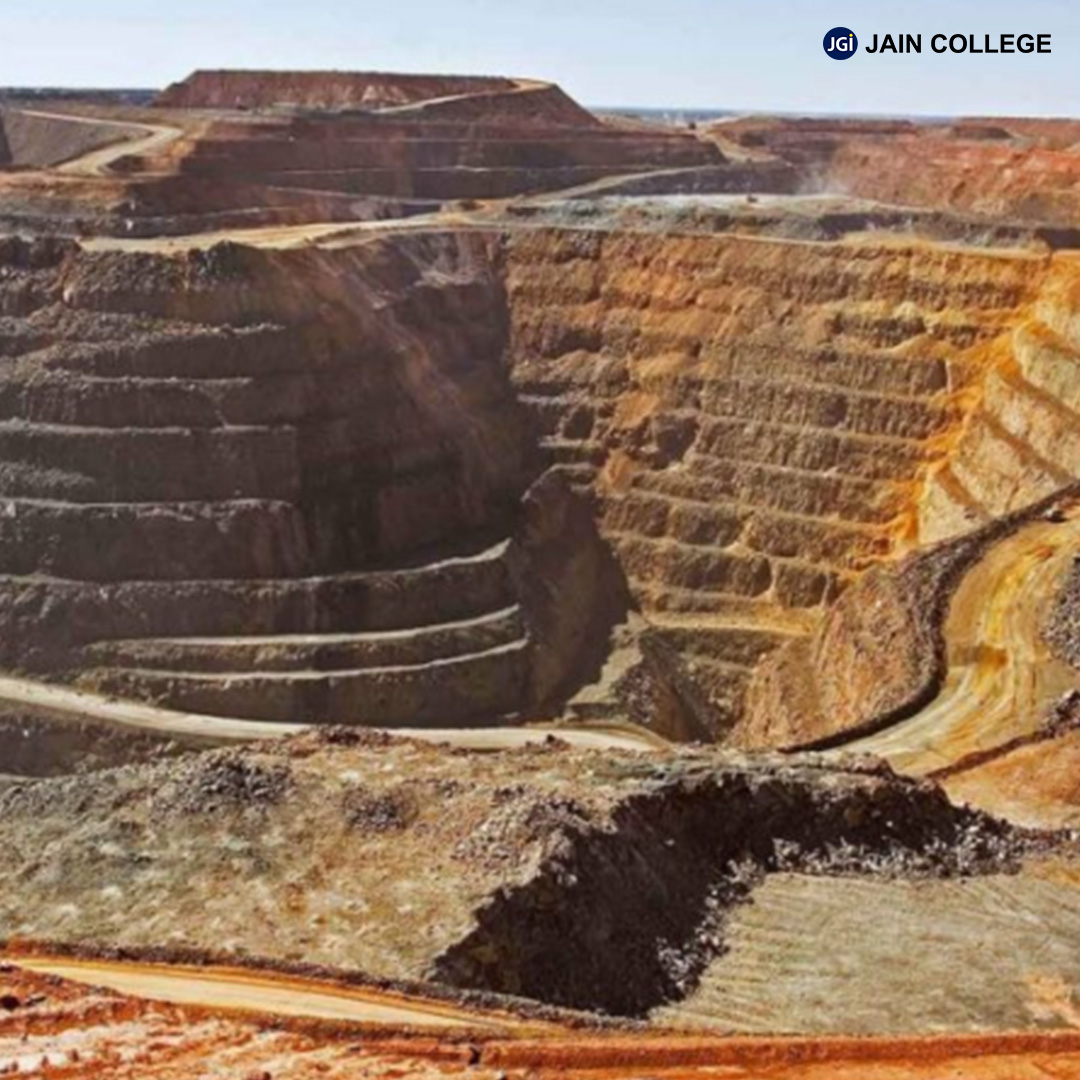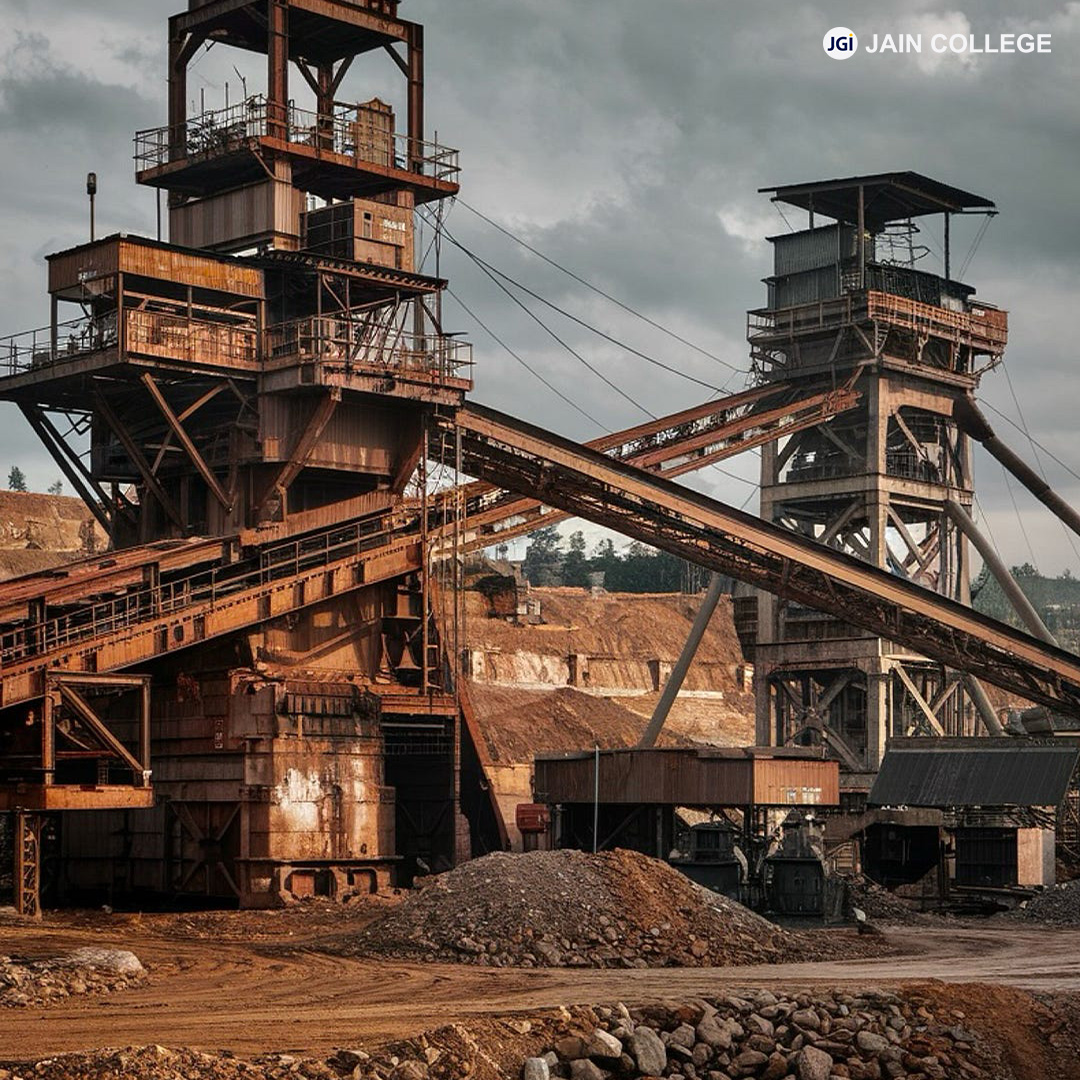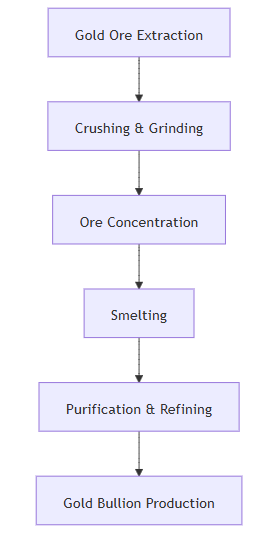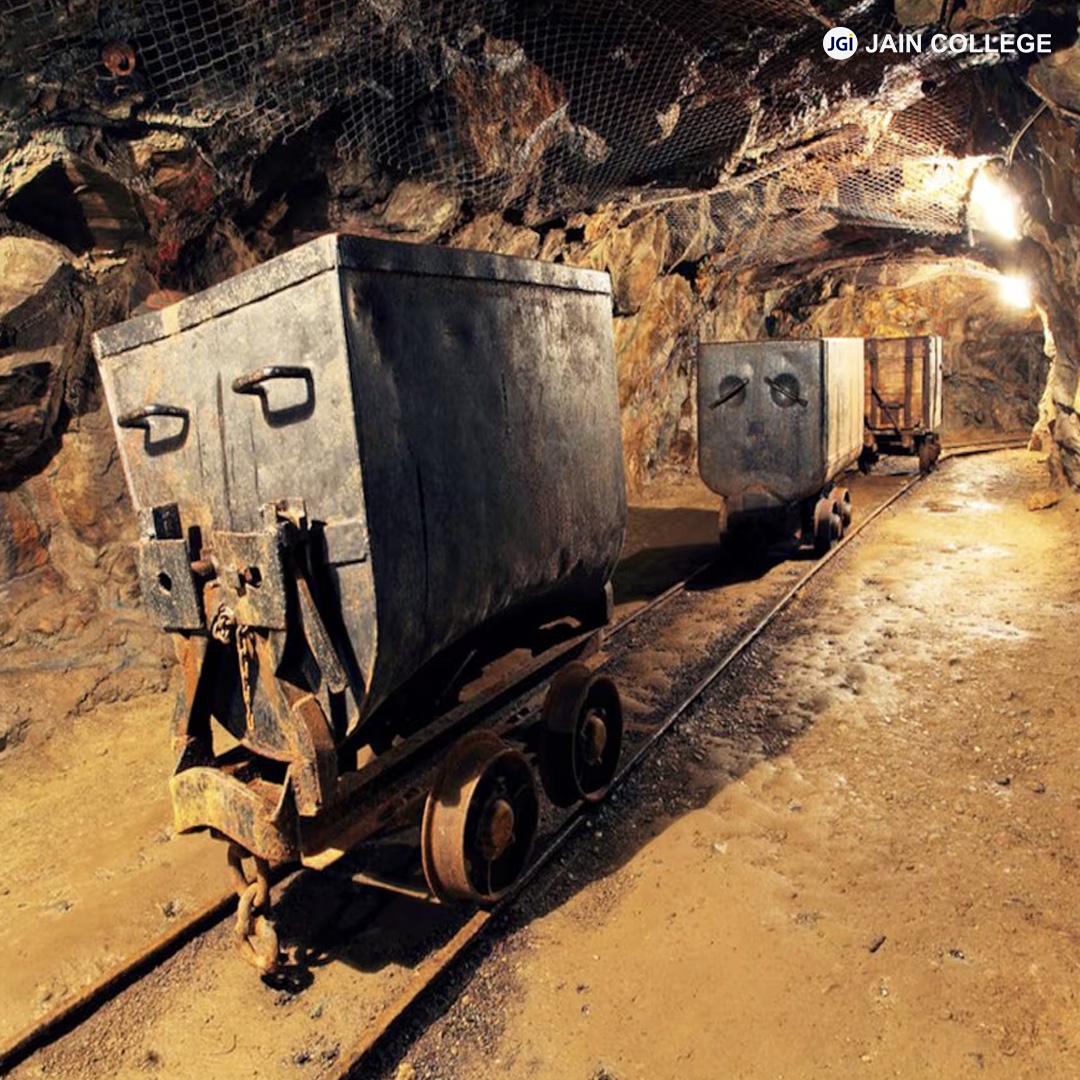
Have you ever wondered where India's gold rush began? Or what made Kolar Gold Fields a name synonymous with wealth and mining prowess? Let's delve into the fascinating story of Kolar gold mines, a tale of opulence, innovation, and the challenges that led to their decline.

Kolar Gold Mines (KGF), nestled in the Kolar district of Karnataka, India, stands as a historic and economic landmark in the country’s mining industry. Known for its abundant gold reserves, Kolar Gold Mines was once the backbone of gold mines in India, drawing global attention for its deep and efficient mining operations. With a legacy spanning over two millennia, Kolar Gold Mines has witnessed cycles of immense prosperity, technological advancements, and eventual decline.
The presence of gold in Kolar Gold Mines dates back to as early as the 5th century AD, with historical records indicating that the Chola and Vijayanagara empires extensively mined the region. The earliest forms of extraction were rudimentary but laid the foundation for what would become one of the world's deepest and most renowned gold mines in India.
In 1880, the British firm John Taylor & Sons revolutionized mining in Kolar Gold Mines by introducing modern extraction techniques. The company played a pivotal role in the growth of Kolar Gold Fields, bringing in state-of-the-art technology, improved safety measures, and workforce management, setting the benchmark for mining operations in gold mines in India.
After India’s independence in 1947, the Kolar Gold Mines (KGF) were nationalized in 1956 and placed under Bharat Gold Mines Limited (BGML), a government-owned company. The goal was to modernize mining operations and ensure profits benefited the country. However, over time, mismanagement, lack of technological upgrades, and declining gold reserves led to financial struggles. Extracting gold from depths of 3,000 meters became too costly, and by the 1990s, BGML was running at heavy losses. With high operational costs and unprofitability, the Indian government officially shut down KGF in 2001, marking the end of India's historic gold mining legacy.
| Year | Event |
| 1880 | John Taylor & Sons begin mining operations in KGF. |
| 1902 | KGF becomes the first Indian city to be electrified. |
| 1956 | Mines are nationalized by the Government of Mysore. |
| 1972 | Bharat Gold Mines Limited takes over operations. |
| 2001 | Mines are closed due to operational costs and low gold prices. |
Kolar Gold Mines was an engineering masterpiece, boasting an extensive network of shafts, tunnels, and conveyor belts. Some of the key infrastructure features included:


Before modern technology was introduced, gold mining in Kolar was done using manual and primitive techniques. The early miners used simple tools and techniques such as:
These methods were time-consuming and inefficient, yielding very little gold.
With the arrival of the British in the late 19th century, mining in KGF became more industrialized. The British introduced advanced techniques and machinery to extract gold on a large scale.
This mechanized mining system helped KGF produce tons of gold annually and made it one of the most profitable gold mines of its time.
By the mid-20th century, mining technology advanced further. However, while the methods became more efficient, the cost of extraction kept increasing, making operations less profitable.
Some modern mining advancements in KGF included:
The Kolar Gold Mines (KGF), once India's most significant gold-producing site, was officially closed in 2001 due to multiple factors, including economic, geological, and administrative challenges.
Despite several discussions about reopening the mines, no confirmed plans have been made due to high costs and legal challenges. However, if modern technology is used, KGF may have a chance for revival in the future

The closure of Kolar Gold Mines also highlighted the long-term environmental consequences of gold extraction, including:
Efforts are now being made to revive gold mines in India while prioritizing sustainability:
Despite its closure, Kolar Gold Mines remains a potential goldmine for future investors and mining companies. The Indian government has considered auctioning the mines to private entities for reopening.
Beyond mining, the legacy infrastructure of Kolar Gold Fields can be repurposed for:
Kolar Gold Mines remains one of India's most historically significant mining sites. While its golden era may have ended, its impact on India's economy, society, and technological progress is undeniable. As the world moves towards sustainable and innovative mining practices, Kolar Gold Mines might once again shine as a beacon of gold mines in India.
Eager to discover more such insights? Go and check out our blogs now!
Yes, gold is still present in the Kolar Gold Fields (KGF); however, the mines have been permanently closed. Despite the presence of gold deposits, mining operations ceased nearly two decades ago due to declining yields and high operational costs.
The Kolar Gold Fields (KGF) are owned by Bharat Gold Mines Limited (BGML), a public sector undertaking of the Government of India.
No, the deepest gold mine in the world is the Mponeng Gold Mine in South Africa, located southwest of Johannesburg and owned by AngloGold Ashanti. While Kolar Gold Mines were among the deepest in India and operated for 121 years, they were eventually closed by the government.
Kolar, located in Karnataka, is famous for its gold mining, milk production, and silk industry. It is also known as the "Golden City of India" due to its historic gold mines.
The Kolar Gold Fields (KGF), operated by Bharat Gold Mines Limited (BGML), reached a depth of 3,000 meters, making it the second deepest gold mine in the world during its operational years.
The Kolar Gold Mines (KGF) are located in the Kolar district of Karnataka, India. They hold immense historical and economic significance as a once-thriving center of gold mining in India. Known for their rich gold reserves, KGF drew global attention for its deep and efficient mining operations that spanned over two millennia.
The presence of gold in Kolar Gold Mines dates back to as early as the 5th century AD. Historical records suggest that the Chola and Vijayanagara empires extensively mined the region, laying the groundwork for future large-scale operations.
The British firm John Taylor & Sons revolutionized mining in Kolar Gold Mines in 1880 by introducing modern extraction techniques. They brought state-of-the-art technology, improved safety measures, and efficient workforce management, establishing KGF as a benchmark for gold mining operations in India.
What were some of the adverse environmental effects resulting from gold mining activities in Kolar Gold Fields?
The extensive mining activities led to deforestation and land degradation, groundwater contamination from toxic substances like cyanide and mercury, and air pollution from dust and emissions, contributing to respiratory diseases among workers.
Following nationalization in 1956 and subsequent operation by Bharat Gold Mines Limited (BGML), the mines faced financial inefficiencies, rising operational costs, and declining gold prices. These factors ultimately led to the closure of Kolar Gold Mines in 2001.

JAIN PU College, a part of the renowned JGI Group, is committed to empowering students with quality education.
Beyond academics, the college ensures its online content reflects the same standard of excellence. Every blog and article is meticulously vetted and proofread by subject matter experts to ensure accuracy, relevance, and clarity. From insightful educational topics to engaging discussions, JAIN PU College's content is crafted to inform, inspire, and add value to its readers, reflecting the institution's commitment to intellectual growth and innovation.
View all Blogs